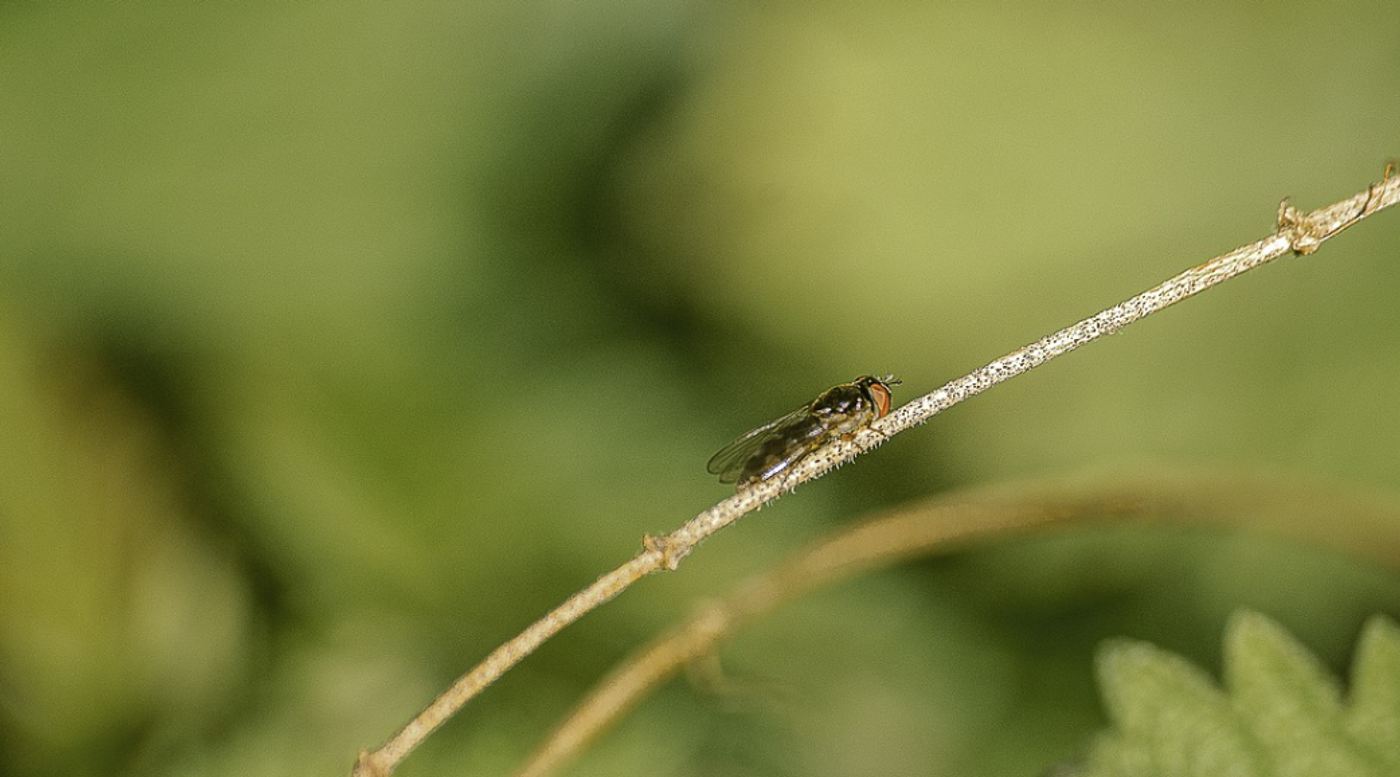First Case of Maternal-Child Oropuche Virus Transmission Confirmed
Oropouche virus (OROV) was first identified in a human patient in 1955 in a fevered charcoal worker on Trinidad, a Caribbean island. Since that discovery, about 500,000 cases have been confirmed, primarily in Brazil and other parts of South America. But the virus caused the first confirmed deaths earlier this year and now, for the first time, the virus has been confirmed to have transmitted from a mother to a fetus, which died. The case, which was in the Brazilian state of Ceará, has been described in a letter to the New England Journal of Medicine. Before this case, there had not been any confirmed OROV infections in Ceará.
OROV infections in Brazil in 2024 occurred in five different regions that had not previously been affected. Researchers have found that some rearrangement has happened in the viral genome.
After the maternal-to-fetal transmission was identified, additional efforts revealed 171 more cases in the area. The insects that usually transmit OROV, tiny biting flies known as midges, are common in this region. Mosquitoes can also transmit the virus, but midges called Culicoides paraensis are usually responsible for spreading the disease. Birds, sloths, and non-human primates also act as reservoirs for the virus.
Usually, cases of Oropouche fever are mild, and symptoms can be similar to those caused by dengue. Oropouche fever may cause a headache, muscle pains, nausea, or a rash, and in serious cases, the virus may lead to meningitis and encephalitis. The two deaths that were caused by Oropouche virus earlier this year happened in young adult women with no comorbidities.
In this latest case, a 40-year-old woman who was 30 weeks pregnant developed symptoms including chills, fever, aches, and a severe headache. The individual had also developed gestational diabetes. A clinical evaluation revealed that the fetus had fetal macrosomia (in which the fetus is larger than average) on July 27, 2024. On August 5, decreased fetal movements and other indicators showed that the fetus had expired.
Scientists assessed the patients for various diseases including Zika and other viruses. Sequencing of different tissues samples from the stillborn infant indicated the presence of OROV, and evidence of vertical transmission was confirmed.
A genetic analysis showed that the virus is similar to those that have infected other since 2019, and are still causing infections. This study has showed that the virus may pose a serious risk to pregnancies, however.
The study authors suggested that healthcare providers should stay vigilant for cases of OROV infection in regions where the virus is already infecting people, or endemic, and places where it is emerging, especially in pregnant women. There is still no treatment or vaccine for OROV.
Sources: The Lancet Infectious Diseases, World Health Organizaton, New England Journal of Medicine









